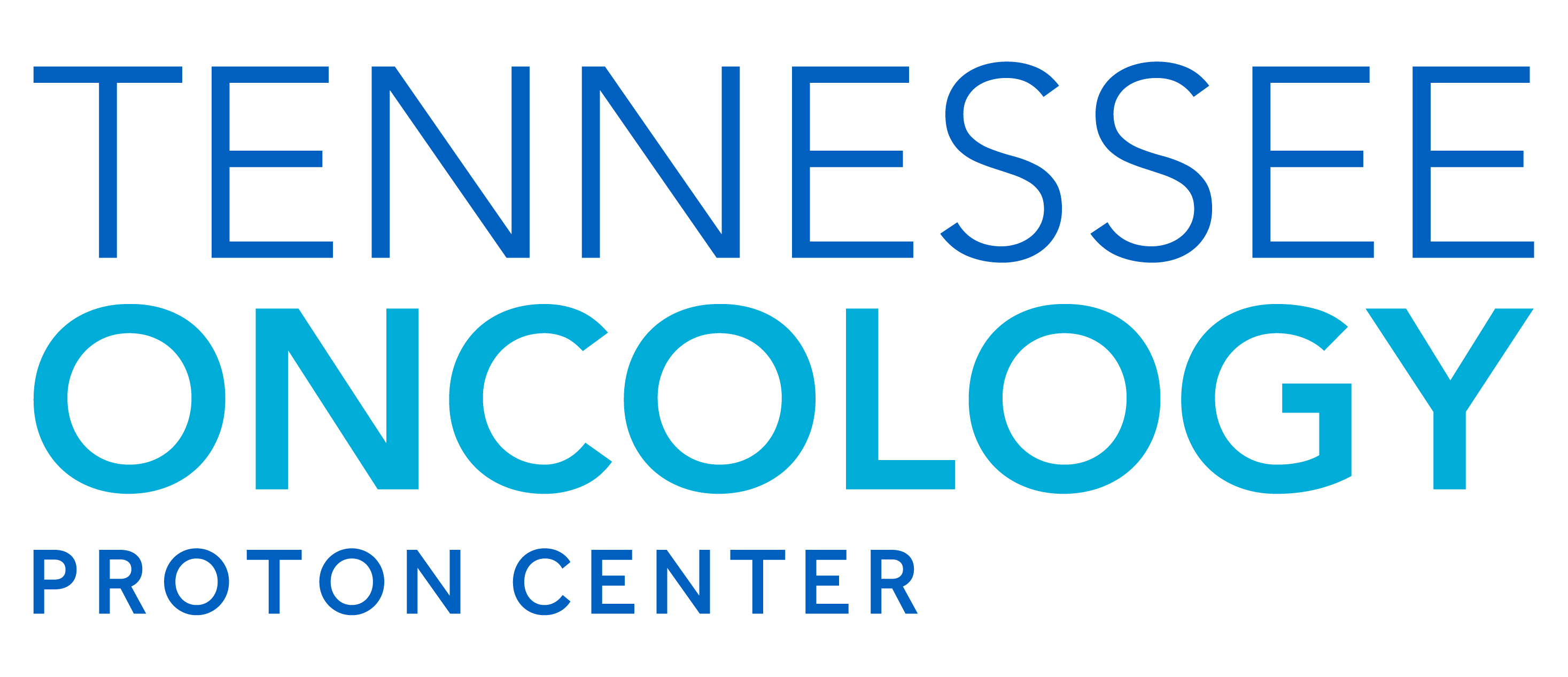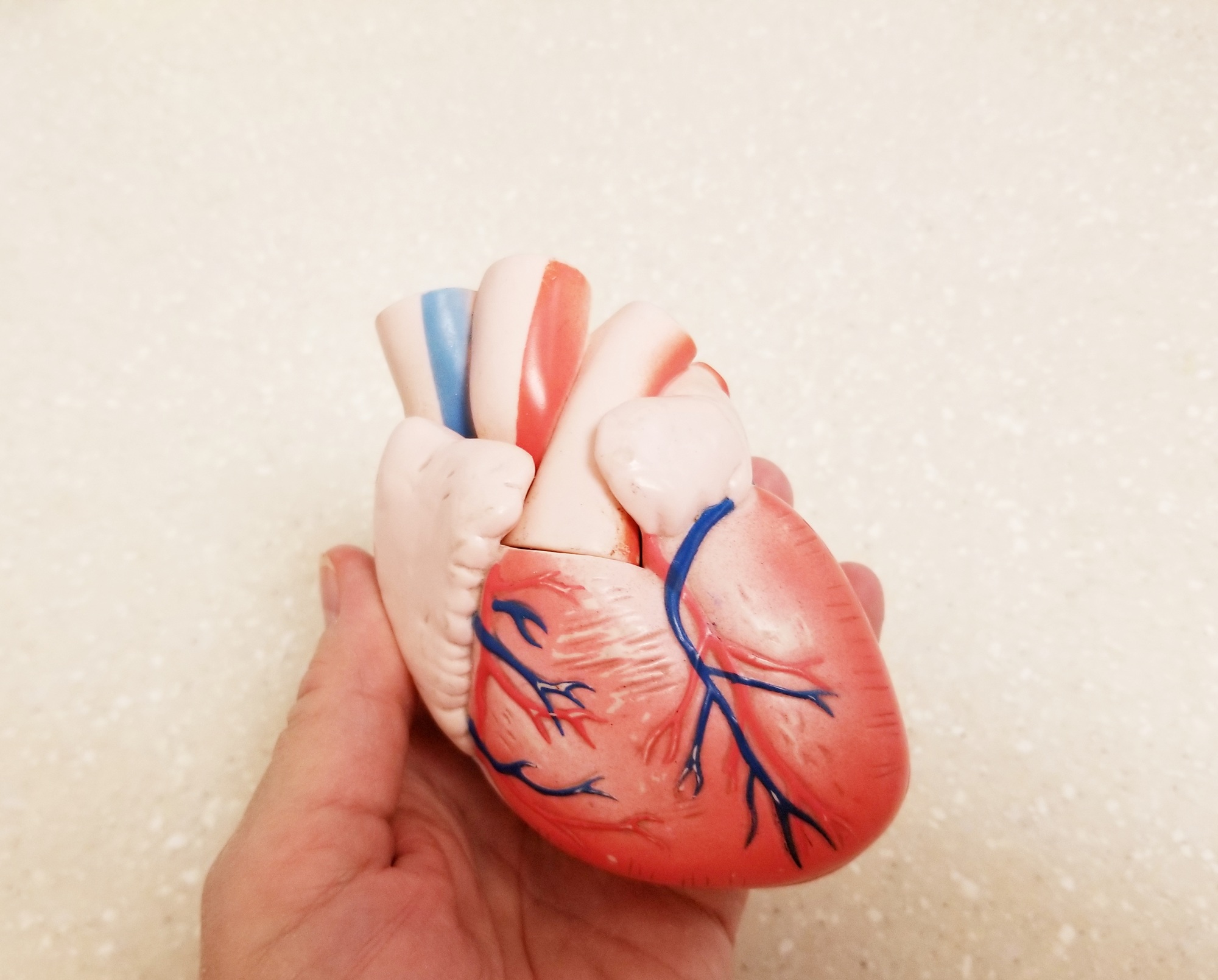Estimated Reading Time: 7 minutes
Table of Contents
- 1. Proton Therapy: A Precision Tool with Evolving Applications
- 2. Understanding Ventricular Tachycardia: A Dangerous Heart Rhythm
- 3. The Innovative Approach: Cardiac Radioablation – Proton Beam Radiation for VT
- 4. A New Hope: Who Might Benefit from This Research?
- 5. The Expanding Horizons of Proton Therapy: What’s Next?
Important Note for Our Patients: While this cutting-edge research into utilizing proton beam radiation for heart conditions (cardiac radioablation) is incredibly exciting and represents a promising future for precision medicine, it’s crucial to understand that Tennessee Oncology Proton Center does not currently offer proton therapy for the treatment of heart arrhythmias.
1. Proton Therapy: A Precision Tool with Evolving Applications
At Tennessee Oncology Proton Center, our primary mission centers on harnessing the remarkable precision of proton therapy to combat cancer. Proton therapy delivers a highly targeted dose of radiation, allowing us to accurately treat tumors while meticulously minimizing damage to surrounding healthy tissues and organs. This inherent precision is what distinguishes proton therapy as a powerful tool in oncology, but its unique physical properties are also inspiring truly groundbreaking research into potential applications far beyond traditional cancer treatment. The ability of protons to deposit their energy at a precise depth, with virtually no exit dose, opens up possibilities in fields where exquisite targeting is paramount.
One of the most intriguing new frontiers involves the innovative use of proton beam radiation to treat life-threatening heart rhythm disorders. This novel application, known as cardiac radioablation, is currently being explored in cutting-edge clinical trials, offering a profound glimpse into the future of precision medicine. An illuminating article from the Mayo Clinic News Network highlights this exciting development, showcasing how proton therapy is being investigated as a non-invasive approach for dangerous heart arrhythmias, particularly ventricular tachycardia. The concept of utilizing a technology traditionally reserved for cancer for such a different, yet equally critical, medical challenge underscores the immense versatility and potential of proton therapy. This pioneering work in cardiac radioablation represents a new avenue for a non-invasive therapeutic intervention in cardiology.
2. Understanding Ventricular Tachycardia: A Dangerous Heart Rhythm
To fully appreciate the significance of this groundbreaking research in cardiac radioablation, it’s essential to understand the underlying condition it aims to address: ventricular tachycardia (VT). Ventricular tachycardia is a severe and often life-threatening form of fast, abnormal heart rhythm. It originates in the heart’s lower chambers, the ventricles, which are responsible for pumping blood out to the body. This condition typically manifests in individuals with pre-existing heart disease, where areas of scar tissue—often from a prior heart attack, heart failure, or other cardiac conditions—create an abnormal electrical circuit. This aberrant circuit can cause the heart to beat dangerously fast and irregularly, impairing its ability to efficiently pump blood to the rest of the body.
VT can lead to a range of debilitating symptoms, including severe dizziness, lightheadedness, noticeable palpitations, and fainting (syncope). Critically, it carries the risk of progressing to more severe arrhythmias, potentially leading to sudden cardiac arrest and even death. Traditional treatments for VT typically involve a multi-pronged approach, including antiarrhythmic medications, implantable cardioverter-defibrillators (ICDs) to shock the heart back into rhythm, and conventional catheter ablation. Catheter ablation is an invasive procedure where thin, flexible wires (catheters) are meticulously threaded through blood vessels to the heart. Once inside, electrophysiologists precisely identify and then destroy (ablate) the specific heart tissue responsible for initiating or perpetuating the abnormal rhythm, usually through heat or cold. While often effective, catheter ablation can be complex, carries procedural risks, and may not always succeed in eliminating the arrhythmia, especially in patients with extensive or deeply seated scar tissue, or those who are too frail for repeat invasive procedures. This gap in effective, non-invasive treatment options highlights the potential impact of cardiac radioablation.
3. The Innovative Approach: Proton Beam Radiation for VT
The groundbreaking research being conducted at institutions like Mayo Clinic explores a fundamentally different, non-invasive approach to treating VT, utilizing the inherent precision of proton beam radiation. The core concept of cardiac radioablation is to apply the same pinpoint accuracy used in cancer treatment to specifically ablate—or neutralize—the tiny, problematic area of scar tissue in the heart that is generating the dangerous electrical impulses causing VT. This novel method represents a significant shift from invasive procedures.
As discussed by leading experts like Dr. William Stevenson, a distinguished cardiac electrophysiologist, and Dr. Konstantinos Siontis, a highly respected cardiologist, on the “Tomorrow’s Cure” podcast, the ability of proton beam therapy to deliver a precise dose to a targeted area without requiring surgical incisions, general anesthesia, or threading catheters through blood vessels is a truly significant advantage. Just as protons can be precisely controlled to stop at a specific depth within the body to treat a tumor and spare healthy tissue beyond it, they can be precisely directed to the problematic scar tissue in the heart, minimizing exposure to surrounding healthy heart muscle and other vital organs. This exquisite control, a hallmark of proton therapy, is what makes cardiac radioablation a compelling new therapeutic avenue. Unlike traditional radiation, the finite range of protons prevents exit dose, further protecting surrounding structures. This precision offers a potentially transformative solution for patients facing complex and challenging heart rhythm disorders, especially those for whom conventional ablation procedures are too risky or have failed. The targeted nature of cardiac radioablation aims to disrupt the electrical circuit causing the arrhythmia with minimal collateral damage.
4. A New Hope: Who Might Benefit from This Research?
This innovative research into cardiac radioablation offers a beacon of hope for a specific and often desperate group of patients who currently have extremely limited and often exhausted treatment options for their life-threatening ventricular tachycardia. This includes individuals who have:
- Failed multiple previous, often invasive, conventional catheter ablation procedures, where the source of the arrhythmia remains intractable despite repeated attempts.
- Experienced a lack of sustained control from various antiarrhythmic medications, highlighting the refractory nature of their condition.
- Complex underlying heart conditions or anatomies that make repeated invasive procedures too risky, technically challenging, or simply ineffective.
- Ventricular tachycardia that is particularly aggressive, frequent, or difficult to control, significantly impacting their quality of life, leading to frequent hospitalizations, and carrying a poor overall prognosis.
As Dr. Siontis noted, some patients in these challenging situations have already experienced positive outcomes from early applications of proton radiation within the context of carefully designed clinical trials, demonstrating the potential of cardiac radioablation to expand the therapeutic possibilities for those with particularly difficult-to-treat arrhythmias. While still considered experimental and under active investigation, this research signifies a profound paradigm shift in how certain severe and refractory heart conditions might be managed in the future. The promise of a non-invasive solution like cardiac radioablation provides renewed hope for patients facing limited options.
5. The Expanding Horizons of Proton Therapy: What’s Next?
The pioneering exploration of proton therapy for cardiac arrhythmias, specifically through cardiac radioablation, is a powerful testament to the ongoing innovation within precision radiation medicine. This remarkable research highlights the incredible versatility and adaptability of proton beam technology, pushing the boundaries of its applications well beyond its traditional role in oncology. It profoundly underscores the potential for proton therapy to become a valuable, non-invasive tool in other medical fields where exquisite and precise tissue targeting is critically important, such as neurology or even other forms of cardiology beyond arrhythmias. This expansion of understanding truly transforms our view of proton therapy’s capabilities.
Important Note for Our Patients: While this cutting-edge research into utilizing proton beam radiation for heart conditions (cardiac radioablation) is incredibly exciting and represents a promising future for precision medicine, it’s crucial to understand that Tennessee Oncology Proton Center does not currently offer proton therapy for the treatment of heart arrhythmias. Our primary and dedicated focus remains on providing state-of-the-art proton therapy for various cancers, where our expertise and technology are specifically tailored. We are sharing this information with our community to highlight the broader potential and evolving applications of proton beam technology in medicine. We continually monitor new developments in this and other fields. Patients interested in learning more about this specific research or considering cardiac radioablation should consult directly with their cardiologist or refer to information provided by the leading research institutions currently conducting these specialized clinical trials, such as the Mayo Clinic.
As a leading proton therapy center committed to excellence in cancer care, we are also dedicated to staying at the forefront of all medical advancements that leverage the power of proton technology. We believe that sharing insights into such groundbreaking research, even in areas we don’t currently specialize in, keeps our community informed about the incredible potential and vast possibilities of precision radiation. The future of proton therapy is dynamic, continually revealing new horizons and possibilities to improve patient health and profoundly transform treatment landscapes across various medical disciplines. The ongoing development of cardiac radioablation is just one compelling example of this exciting future.





